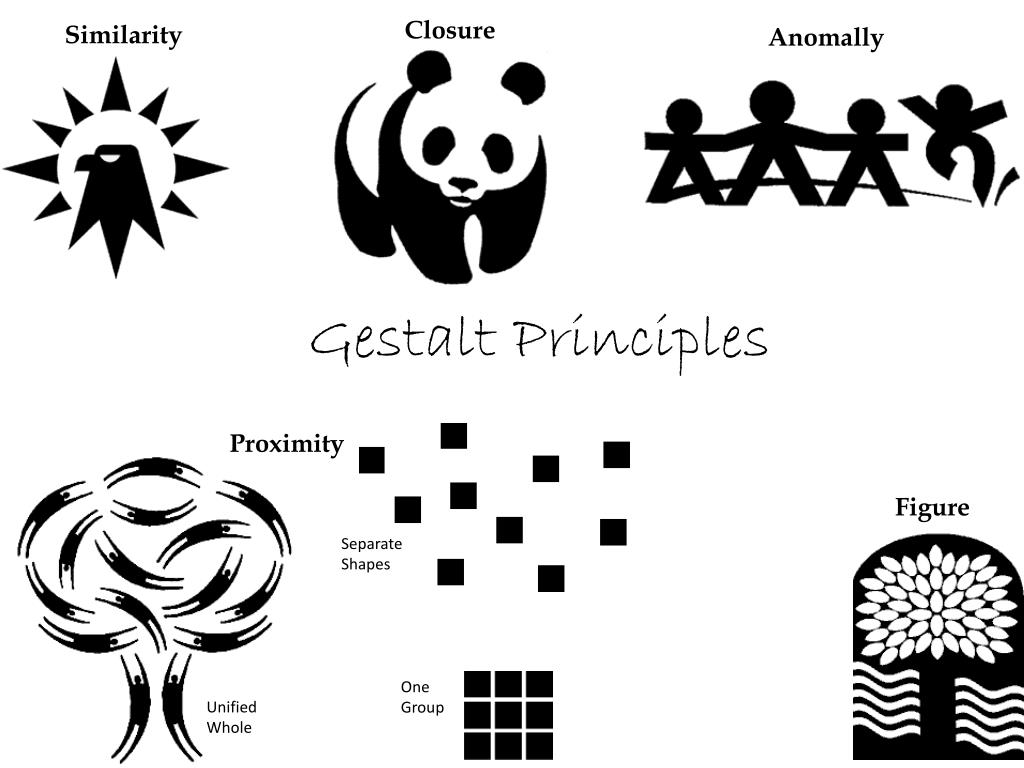
Similarity can be achieved using basic elements such as shapes, colors, and size. Similarity ( also known as Invariance): The human eye tends to build a relationship between similar elements within a design. How is similarity achieved by the human eye? Don’t worry about geometric perfection: it doesn’t matter in this simple illustration. Now, anywhere in those gaps, draw five or six triangles. If you’ve got a pencil and paper handy, draw about ten, rough circles on a page (spreading them across the page), leaving enough space between them to fit shapes of a similar size.
#Similarity psychology example how to
How to use the law of similarity in drawing? Continuation: The human eye follows the paths, lines, and curves of a design, and prefers to see a continuous flow of visual elements rather than separated objects. How can similarity be achieved in a design? The Law of Similarity is that objects that are similar are grouped together. The Law of Proximity is that closer objects are grouped together. Try these settings to explore the Gestalt Laws of Proximity and Similarity. What is the difference between similarity and proximity? The items don’t need to be identical, but simply share at least one visible trait such as color, shape, or size to be perceived as part of the same group. The principle of similarity simply states that when items share some visual characteristic, they are assumed to be related in some way. What is the principle of similarity in design?

Remember that these principles are not set in stone, and it is ok to break them. This is not to say that every composition needs to be perfectly balanced and symmetrical, there are many examples of artists who play with the idea of symmetry and balance and still are quite sucessful. While clearly balanced compositions will be more accesible. Some viewers who find a painting which is too difficult to read may spend less time trying to comprehend it.

Notice how the figures aren't perfectly symmetrical on both sides of the work, however they are still balanced and neither side seems too "heavy".The larger idea at play here is that viewers want to "read" a painting in a systematic and organized manner. In Raphael's painting below we can see how by having a clear sense of symmetry adds to the structure of the entire composition. Symmetry and Order refers to the idea of how balance, and symmetry give the composition an overall feeling of solidity and structure. In general it is a good rule of thumb to think that warm colors will come forward in space while cool colors recede. Also notice how Matisse utilized contrast, as well as color to make the figures come to the front of the painting, and push the background back in space. It is also helpful to think of the ground as the negative space around the figures present. In the Matisse painting below we can see a clear differentiation between figure and ground. These differences can be furthered by utilizing a number of different techniques which can include contrast, color, intensity, and size. This is the idea that speaks to the human mind's tendency to separate figures from their backgrounds. The main points of Gestalt are summarized below the image. It is often used in both art as well as design to achieve the desired effect. These theories of painting come from a German form of psychology called Gestalt which simply states that the whole is greater than the sum of its parts.


 0 kommentar(er)
0 kommentar(er)
